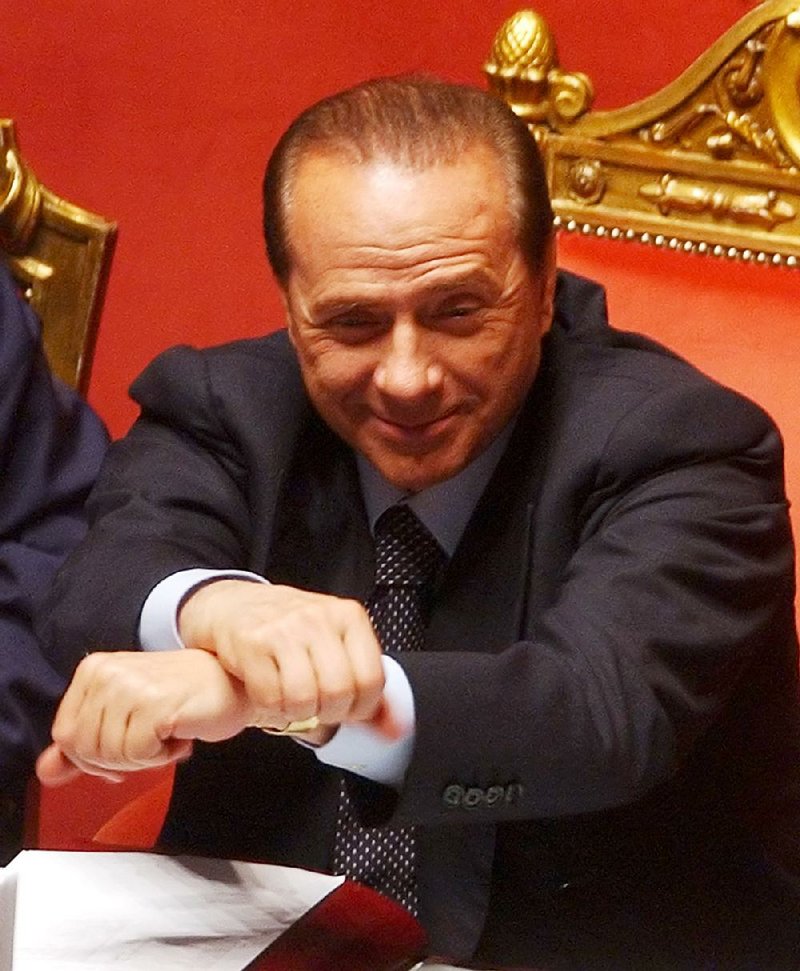When we were growing up in New York, the Italians in our house (that is, all of us) talked with our hands and arms and as well as with our mouths.
Some of the gestures simply matched the urgency of a story being told. Others stood alone, with no words needed.
Grandma would throw her hands up in exasperation at what she believed to be her son-in-law's hardheadedness. She would shrug and jut out her chin at the behavior of certain bratty grandchildren.
Mom's gestures would say more. Her thumb pressed again two fingers meant, "If you won't eat this, what will you eat?" Palms pressed together, moving forward and backward meant, "Give me strength with this kid." An index finger pushed off the side of the head meant, "crazy one" or "not all there."
She didn't use the one involving pushing the backs of the fingers off the bottom of her chin. Saying "I don't give a darn" was far too harsh for Mom.
An article in The New York Times in 2013 examined this enduring art of gesticulation. One linguist
identified more than 250 Italian gestures. The gestures have no real connection to one another. They follow no rules of grammar.
Some have remained the same for a long time, evolving far slower than the spoken word.
A listener need not be present to see the gestures. People make these movements even in cellphone conversations.
Some have meanings that cannot be repeated here.
Those who study gestures (gesturologists? gesticulologists?) theorize that Italians came up with alternate ways of communication while outsiders ruled their country.
Others believe the gestures were used to establish territory in crowded areas.
These theories sound goofy to me. I think the gestures simply reflect the emotions that burst out of Italians. Words can't adequately express our feelings.
Sometimes gesturers can get a little too carried away. The article mentioned a man who, while telling a story with mouth and arms in a piazza, accidentally hit an 80-year-old woman. The court ruled that he was liable for civil damages. "The public street isn't a living room," the judges ruled. "The habit of accompanying a conversation with gestures, while certainly licit, becomes illicit" at times, they said.
I am dying to know whether the judges read the ruling aloud, gesturing the whole time.
BITS AND PIECES
• You never need to say something is close proximity. That's redundant. We know of no far proximity. It's either close or it's in proximity. Or it's nearby.
• Here's the strange expression I almost used recently: "Warm the cockles of my heart." It means someone or something gives you a warm, reassuring feeling. But what the heck are cockles?
No one knows for sure, but one theory is that "cockles" comes from the Latin phrase for the heart's ventricles, the "cochleae cordis." Still, it sounds funny. Instead, I used the shorter, "warm my heart."
Sources: The New York Times, the DeVico household, phrases.org.uk
Reach Bernadette at
ActiveStyle on 06/19/2017



